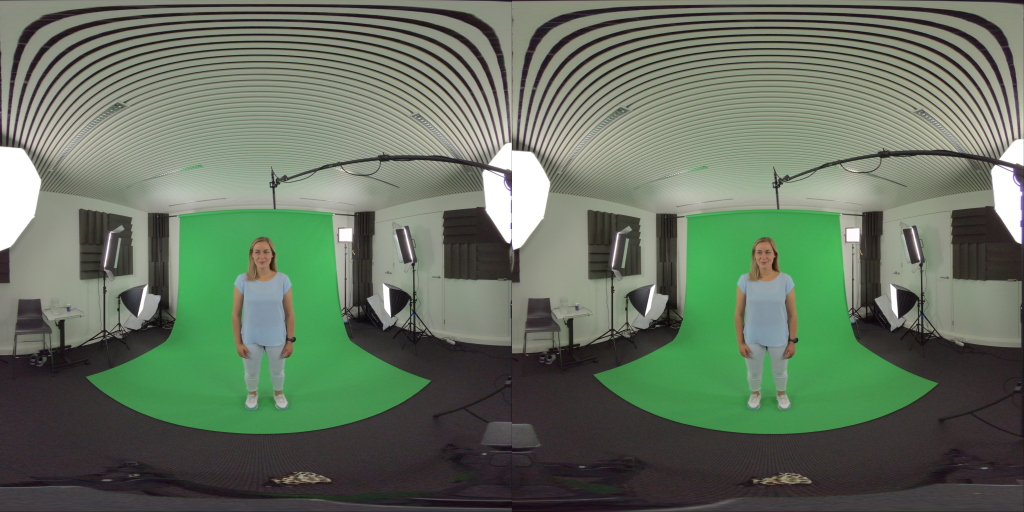Insights
What is failure if not the opposite of success?
Innovation experts often refer to failure as a positive part of the process, encouraging innovators not to fear unpredictable outcomes and unsuccessful projects. What does that mean exactly? Fear of failure can be difficult to overcome, especially for those unfamiliar with fast-paced small-scale prototyping. What makes a project unsuccessful? How can you learn and extract insights from a failed project?
Our small-scale innovation projects — more than fifteen completed between 2021 and 2022 — provide insight into these questions, as some were indeed failures. In what follows, two projects that failed for different reasons are examined: Sustainability Dashboard and XR Mindfulness.
Two Projects That Failed for Different Reasons
Tanja de Bie, an online learning expert at the Centre for Innovation, has been involved in sustainability initiatives for much of her career at Leiden University. As an expert in online community building, she has advised groups across disciplines and faculties on sustainability, collaborated with Leiden University Green Office, and initiated the mindful garden and other green spaces at the Centre for Innovation. Through her work, she identified the recurring problem of university staff members not knowing how exactly to contribute to the sustainability efforts of their university. In response to this problem, Tanja proposed an innovation project involving measuring and reporting on whether the choices of individuals were sustainable or not, enabling staff members to understand better how to improve sustainable actions. The idea entailed utilising AI to create a dashboard for anonymously tracking employee decisions around sustainable actions, from recycling and using reusable materials to transportation. Through the Sustainability Dashboard, it would be possible to assess the performance of the entire university. The initial research phase revealed that such a project would not work due to the immaturity of the available data infrastructure. As Tanja explains:
What made the most impact was the realisation that, for now, the project was impossible due to a lack of granular data at the level of an institution. Measurements can not be taken as institutes share buildings, or certain data is only collected at a university level … Additionally, there is a growing consensus among climate activists, including those active in the Sustainability Network, that to focus on individual carbon footprint may be a form of greenwashing that deters from actual impactful change.
Although the initial idea was not implemented, the project outcome motivated faculties to make recommendations for the ability to measure energy use on a more granular level. Additionally, it was identified that there was a need to promote stricter archiving of data and other measures to reduce the use of computer servers. Not only did the project lead to the realisation that individual action is less effective than institutional change, but there were also clear next steps to be made.
Following the regulations set in motion due to the pandemic, the topic of student wellbeing demanded attention. Our creative media director Monika Theron and XR director Thomas Ginn proposed an innovation project to offer students mindfulness training in VR. Applications aimed at establishing a daily mindfulness practice deliver training through audio, animation, and video but are relatively passive experiences, lacking in interaction. By incorporating XR technologies, mindfulness training could involve immersion in an interactive virtual environment.
The goal was to produce a small VR mindfulness exercise, serving as a proof of concept with the potential to be expanded to an entire course. Once developed into a VR mindfulness course, staff members, students, and anyone else would be able to enrol. The proposed method for producing the mindfulness exercise entailed incorporating 3D video footage of a mindfulness instructor in a VR environment. Mindfulness expert Marleen Zwetsloot — who developed a script for the exercise — was recorded in 3D before a green screen with the idea of importing the footage into a 3D virtual environment.

However, the workflow — placing actual 3D video footage in a 3D environment in Blender — proved infeasible. A workaround was to transform the video footage of Marleen into a 3D virtual object, which would then be imported and manipulated in Blender, but this also proved infeasible. The attempts to combine 3D video footage and a 3D virtual environment revealed that the innovation path was unsuitable. Monika posited a way forward would be to use a Kinect camera or volumetric video capture in a 4D studio. Both would require investing in equipment, and the former would require more development time, which was beyond the scope of the project. Although a prototype of a VR mindfulness exercise was not delivered in the end, upon reflection, insights into what it would take to develop such a project were gained, and the team members developed skills in 3D modelling.
When Projects Do Not Meet an Expected Outcome
Failure means a project did not meet an expected outcome and may not scale in its current form but can aid in the development of other projects. To learn and extract insights from failed projects means paying attention to the process and requires some thoughtfulness and reflection. Common project outcomes at the Centre for Innovation range from
- implementing a solution to a problem;
- solving a small part of a larger problem with the potential to develop a full-scale project;
- successfully testing a particular technology; to
- testing an idea and learning that it would not work as expected.
In each case, the project team members had the opportunity to explore new technology, acquire important skills and information, and collaborate with people from various disciplines.




